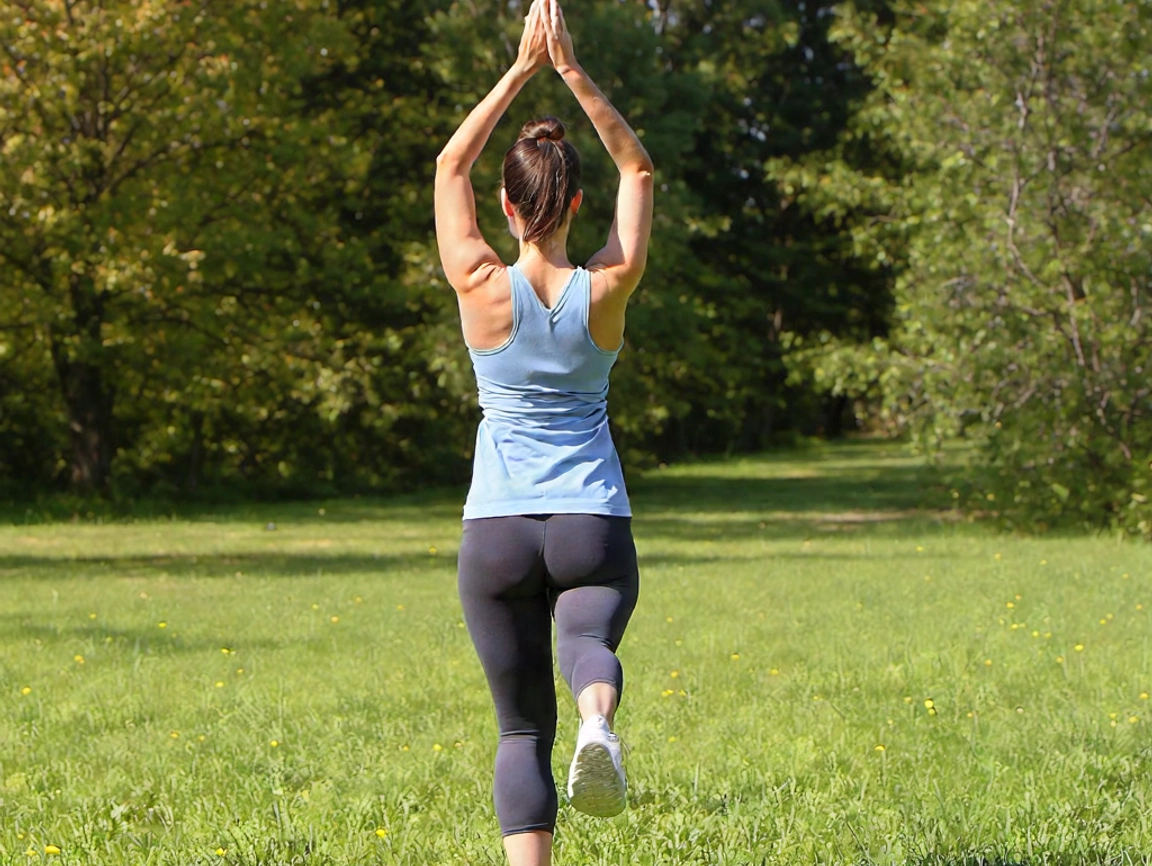Fibromyalgia ain’t your everyday kind of condition. It’s this complex thing marked by widespread pain, fatigue, and just a whole lot of not feeling great. Some folks think it’s all in your head, but trust me, it’s very real and affects millions. It’s like having the flu that just won’t quit—a genuine beast to tame.
Living with fibromyalgia feels like running a marathon every day without leaving your couch. Energy levels crash, every joint seems to scream, and even a sunny day can feel like climbing Everest. Imagine having this constant fog hanging over you, where naps don’t help, and even basic tasks feel like epic quests.
People dealing with fibromyalgia also face a ton of emotional stress. Constantly battling pain wears them down, leading to anxiety and depression for many. It’s like they’re stuck in a loop of discomfort, with every new day bringing the same struggles.
There’s a bunch of myths floating around about fibromyalgia. Some folks think it’s not a ‘real’ disease or that it only affects women. Spoiler alert—it impacts men too. Also, having fibromyalgia doesn’t mean you can’t lead a fulfilling life or enjoy activities. It’s all about finding that sweet balance and knowing your limits.
Table of Contents
ToggleThe Role of Exercise in Fibromyalgia Management

When you’re dealing with fibromyalgia, it might sound like stretching a bit is the last thing you’d wanna do. But here’s the deal: regular exercise can actually become your sidekick in this fight against constant discomfort. We’re not talking about hardcore gym sessions or pretending to be a fitness influencer; even light activities can make a world of difference.
Exercise has this cool ability to dial down the intensity of those annoying fibromyalgia symptoms. It helps by releasing endorphins—those feel-good chemicals—that can ease pain and boost your mood. Plus, it gets the blood flowing, which is great for everything from your muscles to your brain. You might find that with a little bit of movement, your sleep improves, and your energy levels get a welcome lift.
There’s a hefty stack of scientific papers that back up the benefits of exercise for fibromyalgia folks. Doctors and researchers have found that staying active doesn’t just lessen pain and stiffness—it can also help with managing the fatigue and improve your overall quality of life. It’s like swapping out some of that gloomy fog for a bit of sunshine.
Getting into exercise can absolutely improve your day-to-day happiness. The trick is figuring out how to incorporate it in a way that respects your body and its limits. Doing so might just make those daily battles against pain a little less daunting.
Finding the Right Balance: Tailoring an Exercise Plan

Getting the balance right with exercise and fibromyalgia can feel a bit like walking a tightrope. You wanna move enough to feel better but not so much that it leads to being sore. That’s where a personalized exercise plan comes in handy.
Not every exercise is suitable for everyone with fibromyalgia. Tuning into your body’s signals is key. Feeling a little fatigued is normal, but pain that lingers—that’s a sign to scale it back or switch things up.
It’s wise to chat with a healthcare professional about setting up your routine. They can provide guidance on what types of exercises might suit your specific needs and medical history. Having an expert in the loop helps ensure you’re on the right path from the get-go.
Goals are fantastic for giving you something to aim for, but they gotta be real and practical. Celebrate the small victories, like completing a short walk or trying a new movement without extra pain. These wins build up until you’re doing more than you ever thought possible.
Flexibility in your plan is crucial. Some days you might feel like a gentle stroll, other times a brief yoga session might call your name. It’s about finding what works for you that day and not comparing your progress with anyone else’s.
Remember, you’re not in a race. Progress in managing fibromyalgia with exercise is about consistency over time. Keeping a journal of what activities you do and how you feel afterward can help tweak your plan and keep track of what works best.
Types of Exercises Beneficial for Fibromyalgia
Figuring out just the right exercise can be a game-changer for managing fibromyalgia. There’s a whole range of activities that are gentle yet effective, helping to keep the aches at bay. Let’s talk options.
Low-impact aerobics could be your new best friend. Think walking—calm and steady—or maybe swimming, where the water supports you like a cozy blanket. These activities get your heart pumping without stressing the joints and muscles too much.
Strength training isn’t about lifting heavy weights but more about building up a bit of resilience. Use lighter weights or resistance bands to gently strengthen your muscles, which can help manage pain levels over time.
Stretching and flexibility exercises like yoga or pilates can work wonders. They help increase your range of motion and give those muscles and joints the love they need. Yoga also mixes in breathing techniques, adding some relaxation into the mix—pretty handy when stress tries to mess with you.
Relaxation-focused activities, such as Tai Chi, are like a zen spa day for the body and mind. They involve slow, deliberate movements and focus on balance and breathing—awesome for those days when stress and stiffness seem overwhelming.
It’s all about playing around with different activities to see what feels best for your body. Stay curious, evolve your routine, and find joy in the little victories. With every step, pedal, or stretch, you’re helping yourself feel a bit brighter.
Overcoming Common Challenges and Obstacles
Nothing beats the feeling of breaking through a challenge, and when it comes to exercising with fibromyalgia, there are plenty. It’s normal to have worries about exercise making pain worse or causing a flare-up. Remember that it’s okay to take it slow and measure progress in ways that feel right for you.
Fatigue is no joke, and some days getting out of bed feels like climbing a mountain. If motivation’s playing hard to get, start simple. Even a quick walk around the block can boost your spirits and get those feel-good vibes flowing.
Creating a support system is a big help. Whether it’s friends, family, or an online community, having people who get what you’re going through makes a world of difference. They can cheer you on during good days and remind you it’s okay to rest when needed.
Adapting as your symptoms change is part of the journey. Not every day will feel the same, so it’s cool to switch things up if needed. Maybe today isn’t for strength training, but some gentle stretching feels right instead. Going with the flow, adjusting, and being kind to yourself goes a long way.
Real-Life Stories: Finding Success Through Exercise
Hearing from folks who’ve been in the same boat can be incredibly encouraging. Real-life stories from people managing fibromyalgia shine a light on the possibilities exercise brings. They show that while the road may be bumpy, it’s definitely walkable.
Picture a person whose mornings were once filled with dread now greeting each day with a short yoga session. Through commitment and listening to their body, they’ve found a routine that eases those stubborn aches and keeps their spirits high.
Success in managing symptoms often comes from the little tricks these stories share. Like starting with baby steps—just five minutes a day—until confidence and strength grow. Or finding enjoyment in new hobbies, like water aerobics, where the fun sneaks up on you along with the benefits.
These fibromyalgia warriors often talk about the mental boosts exercise brings. Knowing they hold the key to easing some of their discomfort brings a sense of control and newfound optimism.
Learning from these stories makes the journey less daunting and more like a shared adventure. Each person’s experience serves as a gentle reminder that perseverance and creativity in movement can forge paths to feeling better, one small step at a time.




